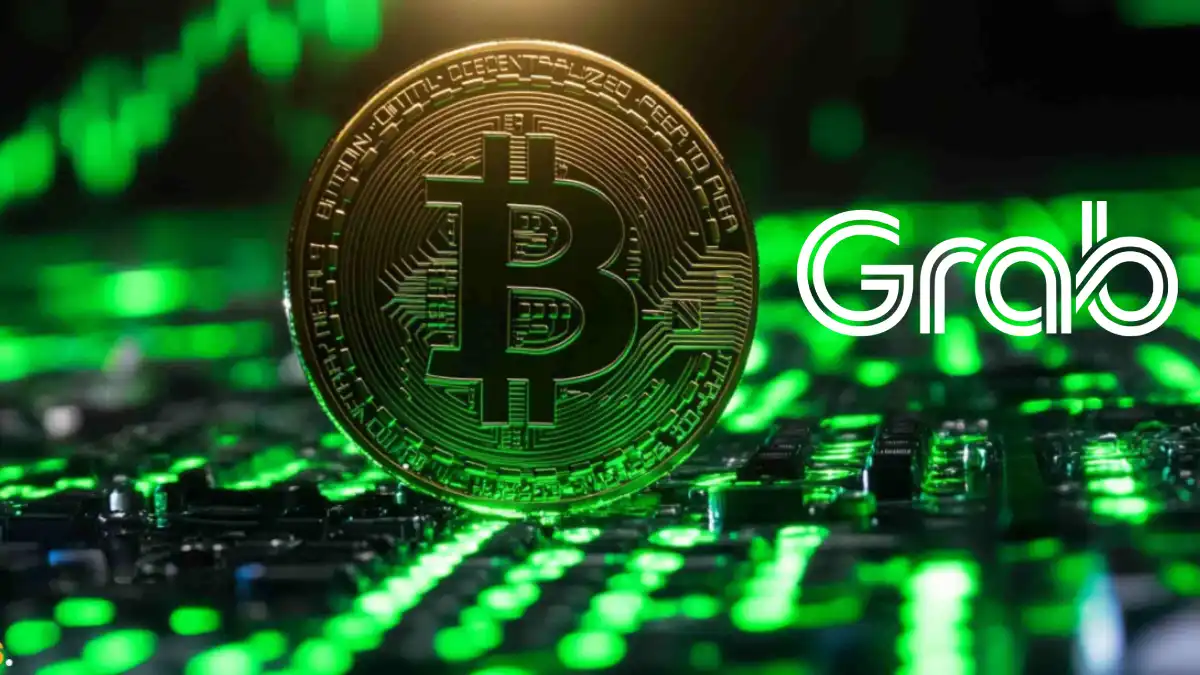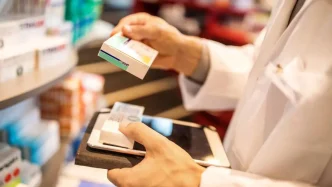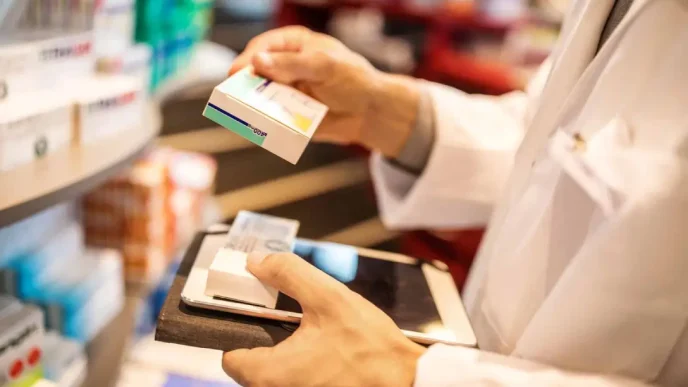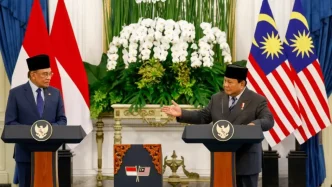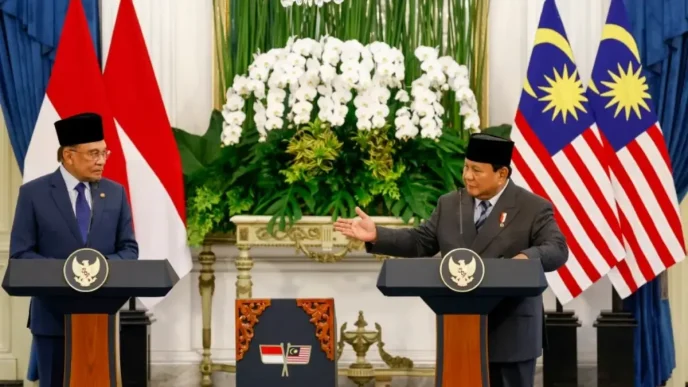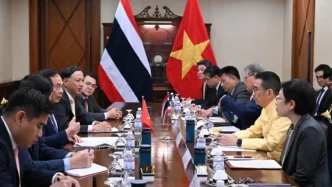Grab, the Southeast Asian super-app giant, has launched its cryptocurrency top-up feature in the Philippines, marking a significant step in the region’s accelerating adoption of digital assets for everyday transactions. Following a successful rollout in Singapore earlier this year, Filipino users can now fund their GrabPay e-wallets with Bitcoin, Ethereum, USDC, and USDT, seamlessly integrating crypto into payments for ride-hailing, food delivery, and merchant services. With Grab serving over 180 million users across eight countries, this expansion signals a transformative shift in how digital currencies are perceived and utilized in one of the world’s fastest-growing economic regions.
A Strategic Expansion Built on Singapore’s Success
The introduction of crypto top-ups in the Philippines builds on Grab’s pioneering launch in Singapore in March 2024, where the company became the first major regional platform to enable direct cryptocurrency payments. In Singapore, the feature allowed users to convert digital assets into usable funds for daily needs, a move that resonated with a tech-savvy population and aligned with the city-state’s progressive regulatory environment. Grab’s latest quarterly figures report 34.9 million monthly users and revenue of US$567 million, underscoring the scale at which this innovation could reshape payment behaviors across Southeast Asia.
In the Philippines, the feature operates through partnerships with local cryptocurrency exchange PDAX and global payments provider Triple-A. Users can select their preferred cryptocurrency as a cash-in method within the Grab app, specify a peso amount, and transfer funds from their personal wallets to designated addresses. Once confirmed, the equivalent value is instantly credited to their GrabPay wallets, ready for use across Grab’s ecosystem of services—from booking a ride to buying a morning coffee. This streamlined process eliminates traditional barriers between digital assets and practical spending, positioning Grab at the forefront of financial innovation.
The partnerships underpinning this rollout are notable for their regulatory credibility. PDAX operates under the oversight of the Bangko Sentral ng Pilipinas, the Philippines’ central bank, ensuring compliance with local financial laws. Triple-A, meanwhile, holds a license from the Monetary Authority of Singapore (MAS) and is registered with the U.S. Financial Crimes Enforcement Network (FinCEN), adding a layer of trust and security to the transactions. These affiliations highlight Grab’s commitment to navigating the complex legal landscape of cryptocurrency adoption while prioritizing user safety.
Southeast Asia as a Crypto Innovation Hub
Southeast Asia is rapidly emerging as a global leader in cryptocurrency payment solutions, driven by a combination of high mobile penetration, a young demographic, and forward-thinking regulatory frameworks in key markets like Singapore. Grab’s foray into Web3 technologies began in September 2023 with a partnership with Circle, enabling Singapore users to create blockchain-enabled wallets for rewards and NFT vouchers. A subsequent collaboration with Polygon in October 2023 introduced NFT-based incentives, including digital collectibles tied to landmarks and events like the F1 Singapore Grand Prix. Although the Polygon pilot concluded in December 2023 as part of a regulatory sandbox, it demonstrated the potential for blockchain to enhance user engagement and loyalty.
Singapore’s role as a regional pacesetter cannot be overstated. The Monetary Authority of Singapore has fostered an environment conducive to fintech experimentation through sandbox programs and clear guidelines. Initiatives such as purpose-bound digital Singapore dollars and escrow arrangements for online retail payments have encouraged companies to test novel solutions without fear of regulatory overreach. Beyond Grab, other local players like carpooling app Ryde have embraced cryptocurrency, introducing Bitcoin payments as early as 2020 with zero transaction fees within its e-wallet system. These developments have cemented Singapore’s reputation as a sandbox for crypto innovation, paving the way for broader regional adoption.
The Philippines, with its large unbanked population and reliance on remittances, presents a fertile ground for crypto solutions. Digital currencies offer an alternative to traditional banking systems, allowing users to bypass high fees and lengthy processing times associated with cross-border transfers. Grab’s entry into this market taps into a growing demand for accessible financial tools, particularly among younger Filipinos who are increasingly familiar with blockchain technologies. The company’s ability to scale this feature across its 500-plus cities of operation could redefine financial inclusion in the region, bridging the gap between cutting-edge technology and everyday utility.
Challenges and Opportunities in Crypto Adoption
Despite the promise of Grab’s crypto top-up feature, significant challenges remain. Cryptocurrency markets are notoriously volatile, with price swings that could deter mainstream users from relying on digital assets for daily transactions. Regulatory uncertainty also looms large, particularly in countries where frameworks for digital currencies are still evolving. While Singapore and the Philippines have taken steps to legitimize crypto transactions, other Southeast Asian nations remain cautious, wary of risks related to money laundering and consumer protection. Grab’s partnerships with regulated entities like PDAX and Triple-A mitigate some of these concerns, but broader regional harmonization of crypto policies will be crucial for sustained growth.
Education is another hurdle. Many potential users lack a clear understanding of how cryptocurrencies work, from wallet security to transaction confirmations. Grab will need to invest in user-friendly interfaces and robust support systems to ensure that even those new to digital assets can navigate the top-up process with confidence. Public trust will be paramount, especially in markets where scams and fraud have tainted perceptions of cryptocurrency. By prioritizing transparency and leveraging its established brand, Grab has an opportunity to reshape these narratives, positioning crypto as a safe and practical payment option.
On the opportunity side, Grab’s integration of cryptocurrency aligns with broader trends in Southeast Asia’s digital economy. The region is home to some of the world’s highest rates of mobile payment adoption, with platforms like GrabPay already serving as primary financial tools for millions. Adding crypto top-ups to this ecosystem not only diversifies payment options but also positions Grab as a leader in the race toward a cashless future. For cryptocurrency holders, the ability to spend digital assets on everyday purchases—rather than treating them solely as speculative investments—could drive wider acceptance and usage, creating a virtuous cycle of adoption.
Broader Implications for Southeast Asia’s Financial Landscape
Grab’s expansion into the Philippines is more than a product launch; it is a bellwether for the future of finance in Southeast Asia. The region’s economic diversity, spanning high-income hubs like Singapore to emerging markets like Cambodia and Laos, presents both a challenge and an opportunity for fintech innovators. If Grab can successfully navigate cultural, regulatory, and technological differences across its operating markets, it could set a precedent for other super-apps and payment platforms to follow suit. The company’s reported user base of 180 million offers a massive testing ground for crypto’s real-world applicability, potentially influencing global perceptions of digital currencies as viable transactional tools.
Moreover, Grab’s move underscores the growing interplay between technology and economic inclusion. In countries where traditional banking infrastructure is limited, mobile-first solutions like GrabPay—now enhanced with crypto capabilities—can empower individuals and small businesses to participate in the digital economy. A street vendor in Manila or a driver in Jakarta could, in theory, accept payments in Bitcoin or Ethereum via Grab, bypassing the need for costly point-of-sale systems or bank accounts. While this vision is still nascent, the groundwork laid by Grab suggests a future where financial barriers are increasingly surmountable.
Yet, questions remain about the long-term sustainability of crypto payments in volatile markets. Will users embrace digital assets for routine spending if their value fluctuates daily? How will regulators balance innovation with consumer protection as adoption scales? And can Grab maintain its competitive edge as other regional players, from Gojek to local fintech startups, explore similar integrations? These uncertainties loom over the industry, even as early indicators—such as Grab’s reported success in Singapore—point to a promising trajectory.
As Grab continues to roll out its crypto top-up feature across Southeast Asia, the region watches closely. The Philippines marks just the second stop in what could become a transformative journey, one that redefines how money moves in a digitally connected world. Whether this experiment sparks a broader shift toward cryptocurrency in everyday life remains to be seen, but for now, Grab has firmly planted its flag on the frontier of financial innovation.


